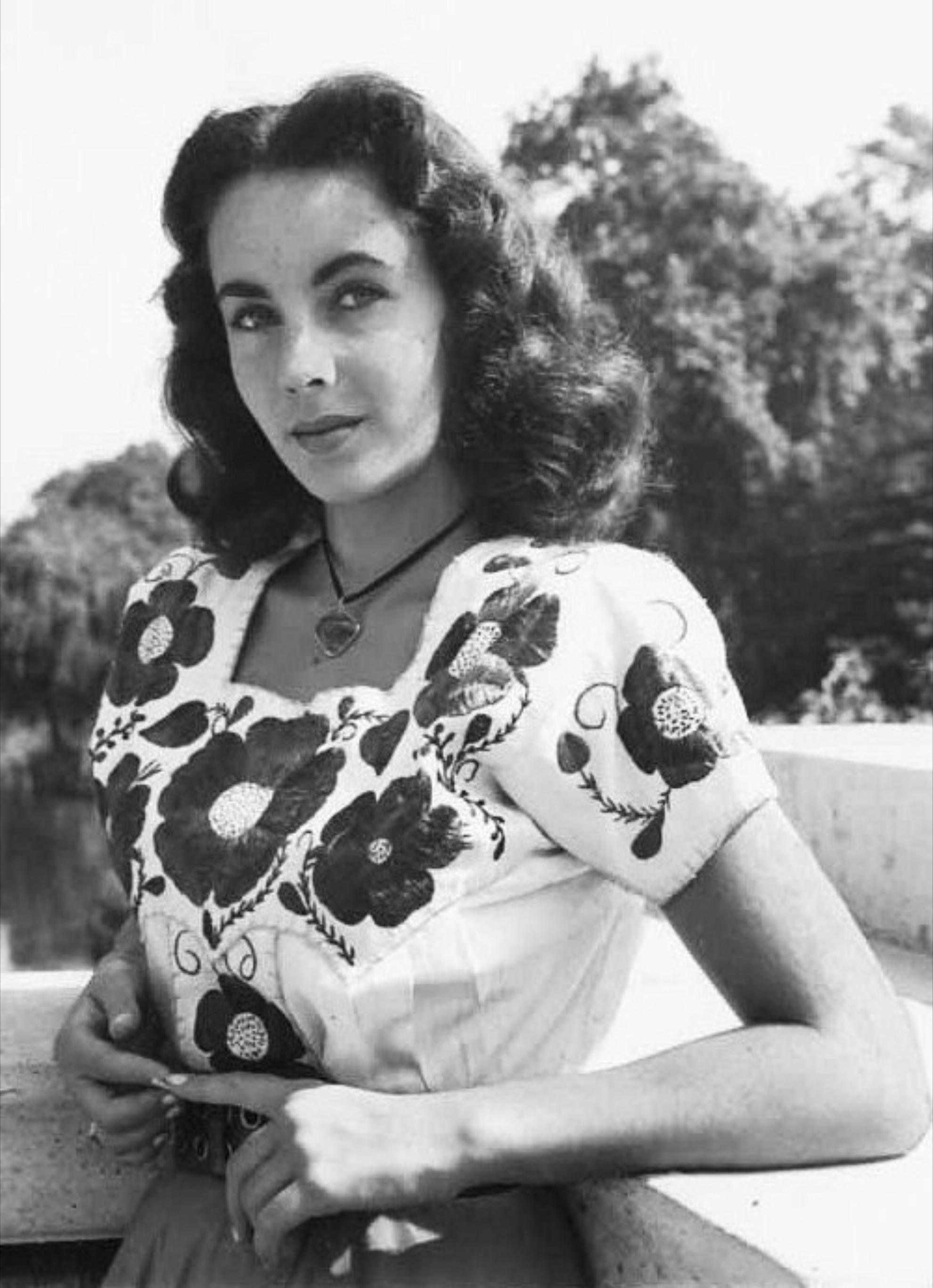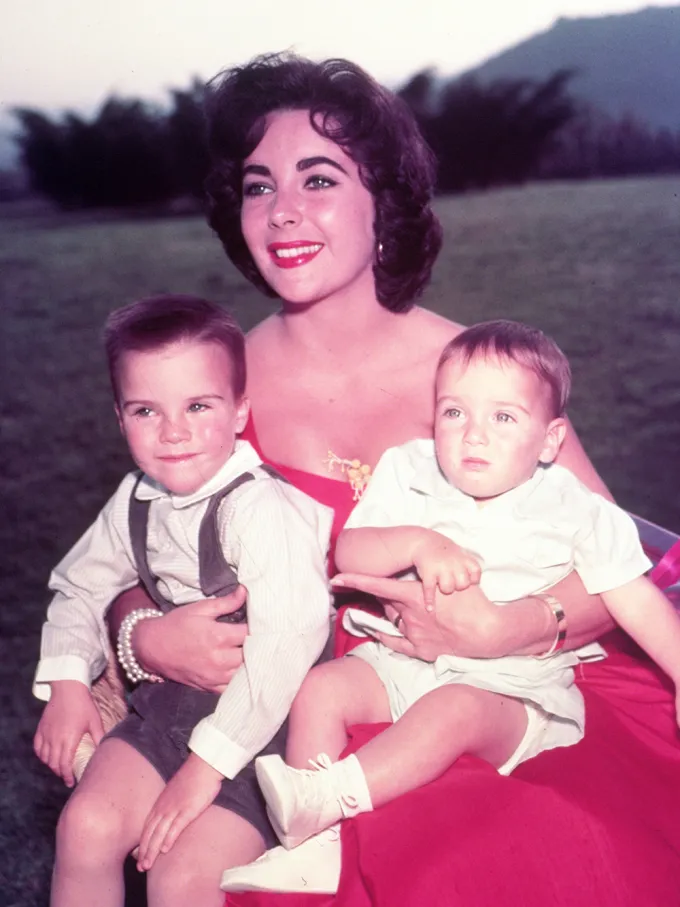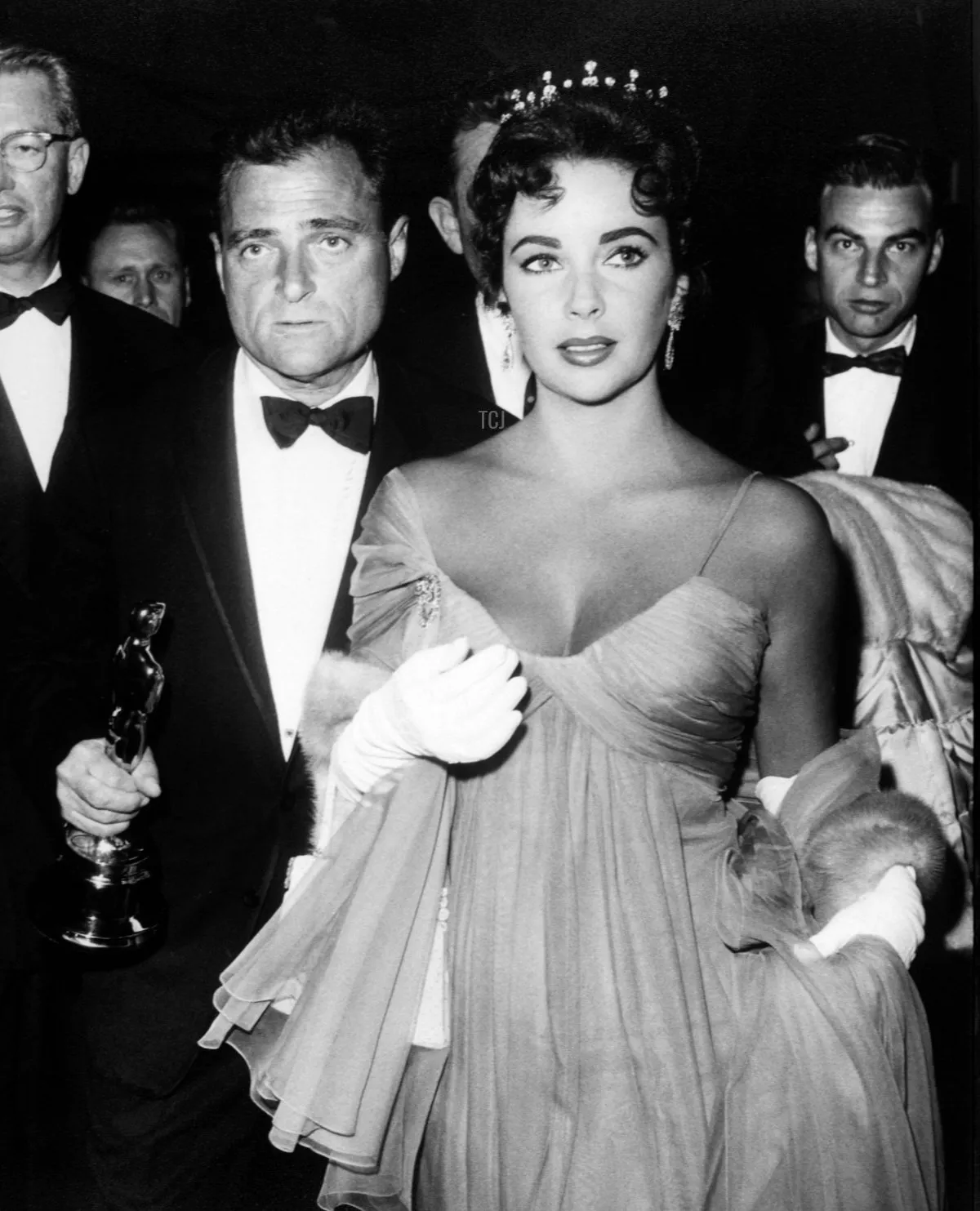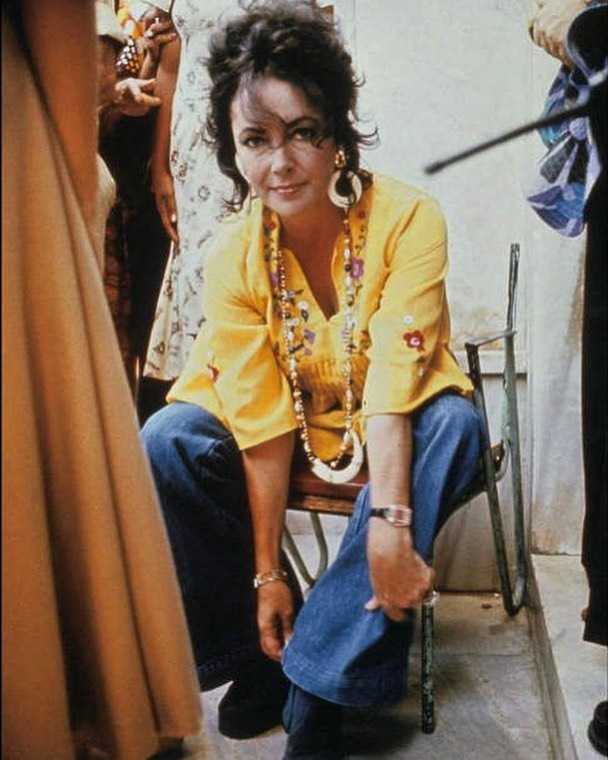
Happy Birthday, Elizabeth Taylor
In honor of what would have been Elizabeth’s 92nd birthday this year, House of Taylor is taking you through defining decades in her life to celebrate milestone moments, beginnings, endings, and everything in between. When Elizabeth loved, she did so fiercely, when she wanted something, she pursued it unwaveringly, and when she lived, she was truly alive.
1940s

Elizabeth Taylor quickly became a star in America in the 1940s after her family fled England at the beginning of World War II. After countless auditions, rigorous singing classes, and being dropped from Universal Studios, Elizabeth signed a contract with MGM and starred in Lassie Come Home. Her popularity rose further after appearing in National Velvet, and by the age of twelve, she was a full-fledged movie star who would go on to be one of the world’s most recognized personalities.
1950s

The 50s marked Elizabeth’s entry into high-level acting, marriage, and motherhood. In 1950, at the age of 18, she married Conrad “Nicky” Hilton Jr., though their union would only last eight months. Two years later, she married British actor Micheal Wilding whom she met in England while filming Ivanhoe. They welcomed two sons together – Michael Jr. (born in 1953) and Christopher (born in 1955).
Elizabeth was also stepping out of the shadows cast by child stardom. She started taking serious roles that would underscore her abilities as an actress and define her as a person outside her husband. Giant marked an important passage in her career as she tackled the demanding portrayal of Leslie Benedict, which remains one of her most critically acclaimed roles. Despite success on the screen, behind the scenes, her marriage was entering the final stages of divorce. After five years of marriage, Elizabeth and Michael amicably parted ways.

Soon after, Elizabeth met movie producer Mike Todd, and despite the 25-year age difference, he was her first major love. “He was the most energetic man I’ve ever known and he made our short 18 months together one of the most intensely glorious times of my life,” Elizabeth recalled. I have had two great loves in my life. Mike Todd was the first.” Sadly, tragedy struck when Mike boarded a private plane that crashed in New Mexico six months after the birth of their daughter, Liza Todd, and within a year of his marriage to Elizabeth. She was filming “Cat on a Hot Tin Roof” when she received the news that left her a widow and a single mother of three. Elizabeth returned to work only five weeks later, finished production, delivered MGM's most successful release of 1958, and was nominated for an Oscar — all while going through one of the most horrible times of her life.
Worn down by grief, an unexpected source pulled Elizabeth out of her misery. She sought comfort in Eddie Fisher, a close friend of Mike’s and the best man at their wedding. Eddie, then married to actress Debbie Reynolds, eventually left Reynolds to marry Elizabeth on May 12, 1959. Elizabeth received major backlash that only skyrocketed as their relationship faltered when she fell in love with her Cleopatra costar, Richard Burton.
1960s

In 1960, Elizabeth had finally freed herself of a stifling 18-year relationship with MGM Studios and was in the newfound control of making her own deals and taking charge of her career when Fox approached her with a script for Cleopatra. Not only would she arrange a record salary contract, but she would also leave Eddie Fisher for the second greatest love of her life, Richard.
The couple exchanged vows on March 15, 1964. After nearly ten tumultuous years together, with the eyes of the entire world on them, 11 films shared, and the adoption of their daughter Maria Burton, the two would divorce in 1974 only to remarry a year later. Their second marriage came to an end in 1975 but they never stopped loving each other.
1970s - 1980s

As Elizabeth started to appear in fewer films, her role and purpose began to change. In 1976, she met John Warner, a Republican politician from Virginia whom she would say “I do” to that same year. While Elizabeth took the role of wife seriously in every marriage, being a political wife weighed on her. The two divorced in 1982 but would remain friends.
In 1983, Elizabeth’s close friends and family planned an intervention that would drastically change her life. With the support of those who mattered most, Elizabeth admitted herself to the Betty Ford Center at 51. Her road to recovery in front of a global audience had a profound effect on how the Hollywood elite and everyday people approached recovery. During her second visit to the Betty Ford Clinic in 1988, she met her seventh and final husband, Larry Fortensky, though their marriage later ended. She would go on to build a fragrance empire and become the first globally recognized celebrity HIV and AIDS Activist.
From her groundbreaking roles on the silver screen to her tireless activism in the fight against HIV/AIDS, Elizabeth’s legacy continues to inspire generations. As we celebrate her achievements and extraordinary life, let us remember Elizabeth Taylor not only for her beauty and talent but also for her compassion, courage, and unwavering dedication to making a difference.